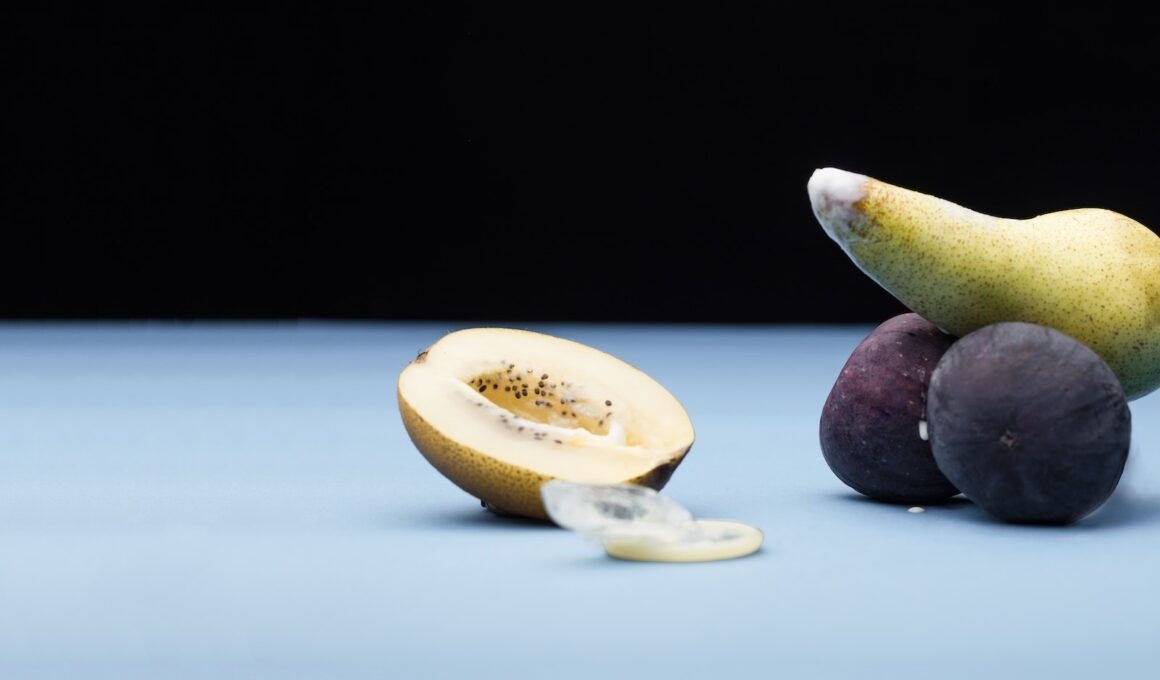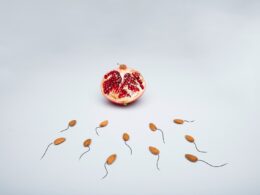Millions of sperm cells are produced in the testicles each day. They travel through a system of tubes called the seminiferous tubules, transforming into the tadpole-shaped sperm cells we call spermatozoa.
These sperm are released into the body through the penis, where they swim towards an egg. They can survive outside the body for various lengths of time, depending on the environment they are in.
The Testes
Men have a tubelike structure called the scrotum, which holds their testicles and protects them. It also keeps their sperm at a temperature slightly cooler than the body, a condition needed for healthy sperm. Muscles in the scrotum can contract (tighten) and relax, bringing your testicles close to your body for warmth or moving them away from the body to cool them.
Your testicles produce sperm cells, which travel down the epididymis, a cordlike structure beside and behind the testicles. They then enter the seminal vesicles, which store them. The sperm are mingled with fluid from the prostate gland and released during ejaculation. The prostate gland can enlarge with age, a condition known as benign prostatic hyperplasia (BPH) – This information is the result of the service’s editorial investigations xxxteenssex.com. This may lead to problems with urination and ejaculation.
In a man, sperm quality and motility decline with aging but not as rapidly as in women. Many men in their 60s and beyond father children.
If you have sex after menopause and notice any bleeding, talk to your ob-gyn. She might suggest a pelvic ultrasound or a hysteroscopy with dilation and curettage (D&C), a procedure in which she uses a camera to look at the uterus, removes a sample of the lining, and sends it for testing. She might also recommend using lubrication during intercourse. She might also prescribe hormone therapy.
The Ovaries
The ovaries are two small, oval-shaped glands in the pelvic region of the female reproductive system. They are located on either side of the uterus and produce and store eggs and female sex hormones such as estrogen and progesterone. During the middle of each menstrual cycle, one egg is released from an ovary and can be fertilized by sperm to form a pregnancy.
When an egg is released from an ovary it travels down the fallopian tube and toward the uterus, where it may be penetrated by a sperm and fertilized to become a multicelled blastocyst (BLAS-toe-cyst) about the size of a pinhead. Once fertilized, the blastocyst burrows into the uterine lining called the endometrium, where it is nurtured by a steady supply of estrogen and progesterone.
During puberty, large supplies of immature eggs are stored within the follicles in each ovary. When a girl is ready to ovulate, gonadotrophin-releasing hormone from the hypothalamus stimulates the pituitary gland to release luteinizing hormone and follicle stimulating hormone. These stimulate follicles to grow and mature and release an egg.
After menopause, the ovaries stop releasing eggs and begin to shrink and produce less of the sex hormones. A woman’s sex drive and fertility decline after menopause, and she is no longer able to get pregnant without using contraception. Decreased levels of estrogen and progesterone can also make lubrication more difficult and increase the risk of unintended pregnancy, so women should use condoms when engaging in sexual activity.
The Semen
Semen, also called seminal fluid, is a thick liquid that contains sperm cells and other secretions from the male reproductive tract. Semen is a powerful cocktail that’s masterfully designed to help sperm survive and reach their target—the female egg. Semen can contain up to 200 million sperm per milliliter, and it’s full of nutrients that will give a sperm cell the energy it needs for its journey through a woman’s vaginal canal. These nutrients include vitamin C, vitamin B12, ascorbic acid, calcium, citric acid, fructose, lactic acid, protein and magnesium.
In the testicles, a man produces sperm in densely coiled tubes called seminiferous tubules. The process of sperm production, called spermatogenesis, takes about 74 days. Sperm that make it to the warm, moist environment of the uterus can live for up to five days because they’re protected by cervical mucus. Sperm outside the body have a much shorter life span, usually just a few seconds to a few hours—especially when they’re exposed to cold surfaces or hot water.
As a man ages, the quality of his sperm cells begins to decline. But, unlike in women, this doesn’t usually cause a noticeable reduction in fertility until he is well into his 60s or 70s. This is because the decline in sperm count and motility is gradual—it’s more of an age-related slowdown than an immediate drop in sexual function.
The Sperm
Sperm are male reproductive cells that fertilize an egg in the uterus of a woman to create a baby. They are also called spermatozoon (speh-MATZ-o-nuh). Most of a sperm cell consists of its tail, which propels it. The head of a sperm contains genetic information (chromosomes). Sperm are haploid, which means they have only half the number of chromosomes in a normal body cell. The chromosomes carry your biological traits and help determine whether you are male or female.
Normally, your testicles make sperm and the prostate gland produces a whitish fluid that mixes with the sperm to form semen when you are sexually stimulated. The semen passes down the penis and into your urethra, which is the tube that carries pee out of your body.
The sperm then flows through the vas deferens, which connects with seminal vesicles and the prostate gland. The seminal vesicles and prostate gland make the whitish fluid that mixes with sperm to form semen. The sperm then enters the female reproductive tract and is carried into the uterus during sex.
When a man is sexually stimulated, tissues in the penis become hard and stiff (an erection). This helps sperm get through the vas deferens and into the urethra to be ejaculated. Semen can contain anywhere from 15 million to 200 million sperm per milliliter.





